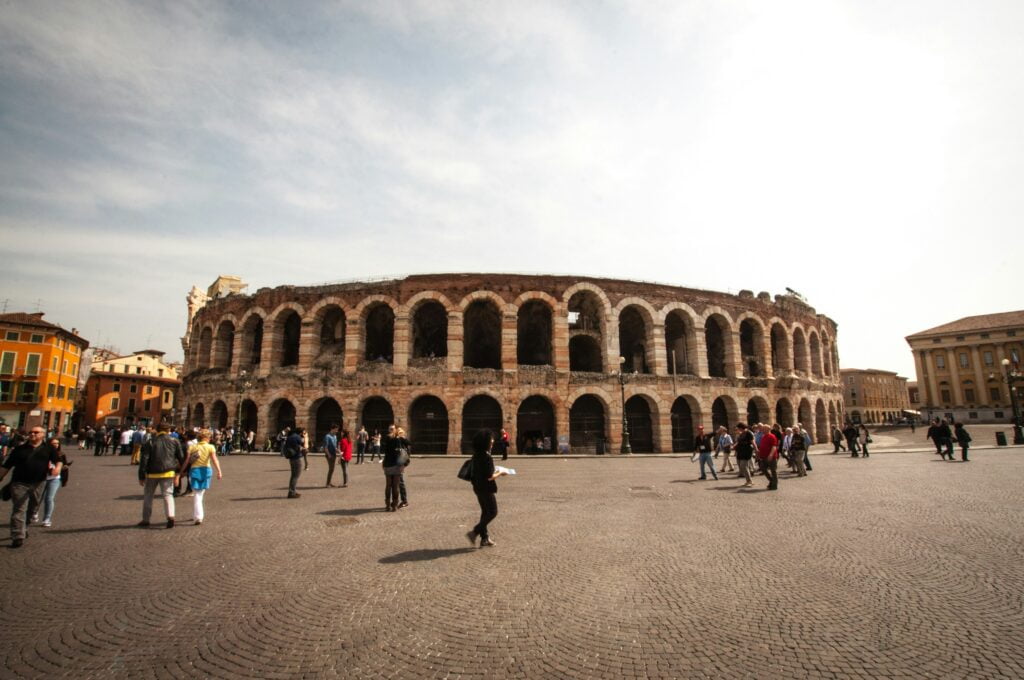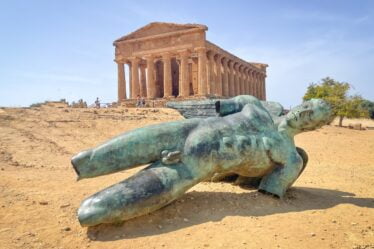

Udine, February 26, 1511 Carnival day. At Palazzo Savorgnan a masked dance takes place and between Lucina Savorgnan, 15 years old and Luigi da Porto was love at first sight. The nobility and the population were divided between Zamberlani and Strumieri, with the first ones who headed the Savorgnan family who aimed to transform Friuli into a lordship under their control and the seconds that grouped various local nobility supported by the Austrian empire. In Udine, a bloody revolt broke out remembered as the “cruel Thursday fat” which will involve, contrasting them, two branches of the Savorgnan family, the of the Monte and the of the Torre.
The city was at the mercy of peasants and popular and the insurrection ceased only for the intervention of the Venetian troops, but still spread throughout Friuli. Due to this feud, the two lovers, belonging to the two different branches of the Savorgnan, could not openly profess their passion but promised eternal love. In 1511, however, he was seriously wounded in battle by bringing an injury that paralyzed him alongside the right side. At the end of the clashes, in 1517, for political reasons Lucina was forced to marry the grandson of the main architect of the revolt. Infirm and humiliated by Porto retired to Montorso near Vicenza, dedicating himself to writing. He composed sonnets, madrigals and about sixty “historical letters”. For the narration of his unhappy love, for reasons of prudence, he set his personal history by retrospecting it of about 200 years and moving it to Verona.
Probably he also took inspiration from a Siene legend of 1476 of Masuccio Salerno. There were two versions of the Opera di Da Porto: the first of 1524 and posthumously printed in 1531, the Historia Novellamene found of two noble lovers “and the second of 1539 titled” Giulietta “. The text of Da Porto was reworked in 1553 by Clizia Veronese and in 1554 by Matteo Bandello. The work of the latter was translated into French by Pierre Boaistuau and then transposed into English by William Painter. In 1562 Arthur Brooke took it back to his “Tragicall Historye of Romeus and Juliet” and this It was the primary source from which many years later William Shakespere drew for his masterpiece. To him therefore the merit of having made eternal and unhappy love story of Luigi da Porto and Lucina Savorgnan eternal.
This story does not take place in Florence, but we want to tell you to introduce in the next article a truly unique story that understood in Florence and which gave initials war between Guelphs and Ghibellines that shocked the city of Florence for many years. If you want know more about the city of Florence come with us, with our Florence Free Tour that start from Santa Maria Novella square, in front of Minerva hotel. You will have the possibility to listen and discover many unique stories about the town of Florence and its citizen that made great this tiny city in all the world.



